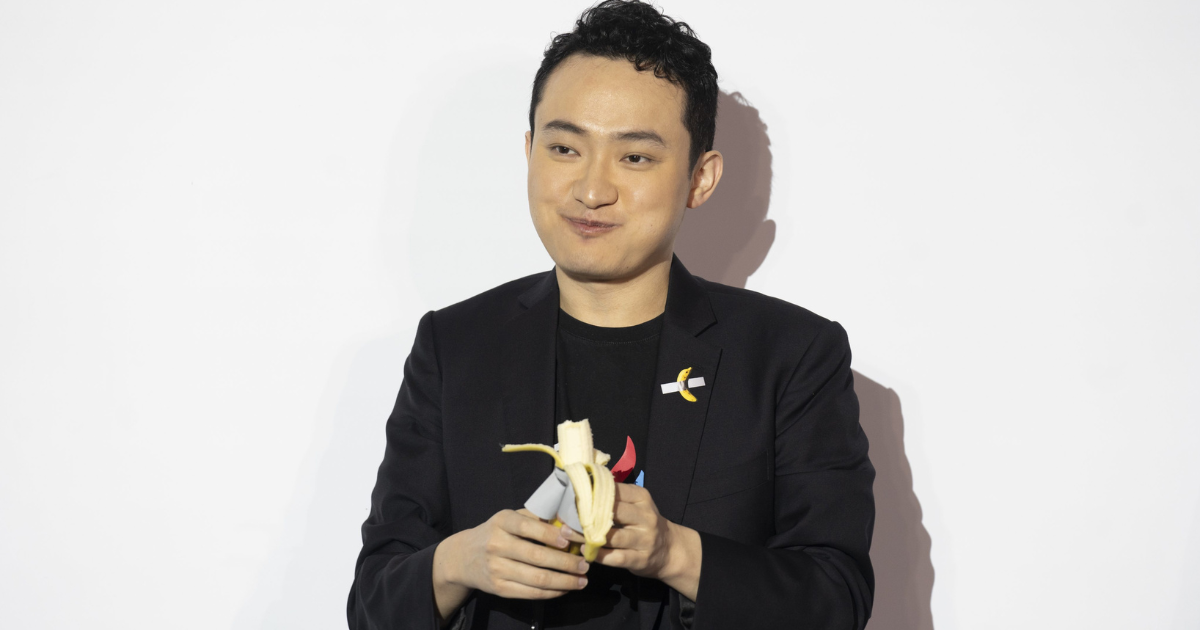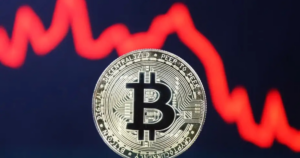Justin Sun made a global uproar with his recent act of eating a famous $6.2 million banana artwork. The Chinese entrepreneur’s act is claimed to be about a certain connection between conceptual art and cryptocurrency. Let’s take a deeper look at the story of this so-called banana art crypto right here in this article.
Key Takeaways:
- How do art and cryptocurrencies relate through perception and participation? This is shown with the recent banana art crypto.
- How the digital age reshapes our understanding of value is highlighted by this event.
- Traditional ideas of art, ownership, and value were questioned by Sun’s action.
The Artwork Behind the Buzz
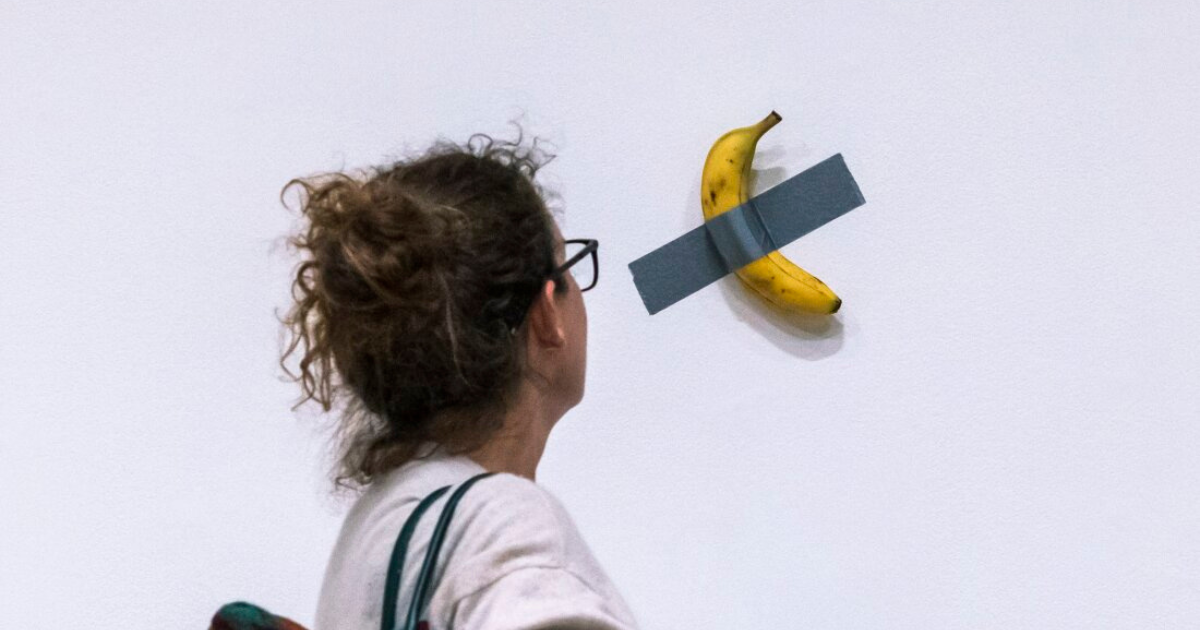 The banana taped on a wall was created and made popular In 2019 by Italian artist Maurizio Cattelan. This bizarre yet expensive artwork has had millions of eyes on it, and it continued to gain popularity and price as time went on. Before Sun’s controversial banana art crypto act, the artwork was actually eaten twice already in its history. The two instances were by a performance artist and a South Korean student.
The banana taped on a wall was created and made popular In 2019 by Italian artist Maurizio Cattelan. This bizarre yet expensive artwork has had millions of eyes on it, and it continued to gain popularity and price as time went on. Before Sun’s controversial banana art crypto act, the artwork was actually eaten twice already in its history. The two instances were by a performance artist and a South Korean student.
This artwork is all about how people perceive it and its value. The way it works is that the banana is to be constantly replaced once it rots; it goes through an endless cycle of display and replacement. Art has always been unpredictable, and with this banana taped on the wall, we see how value tends to be just the same.
Why Did Justin Sun Eat the Banana?
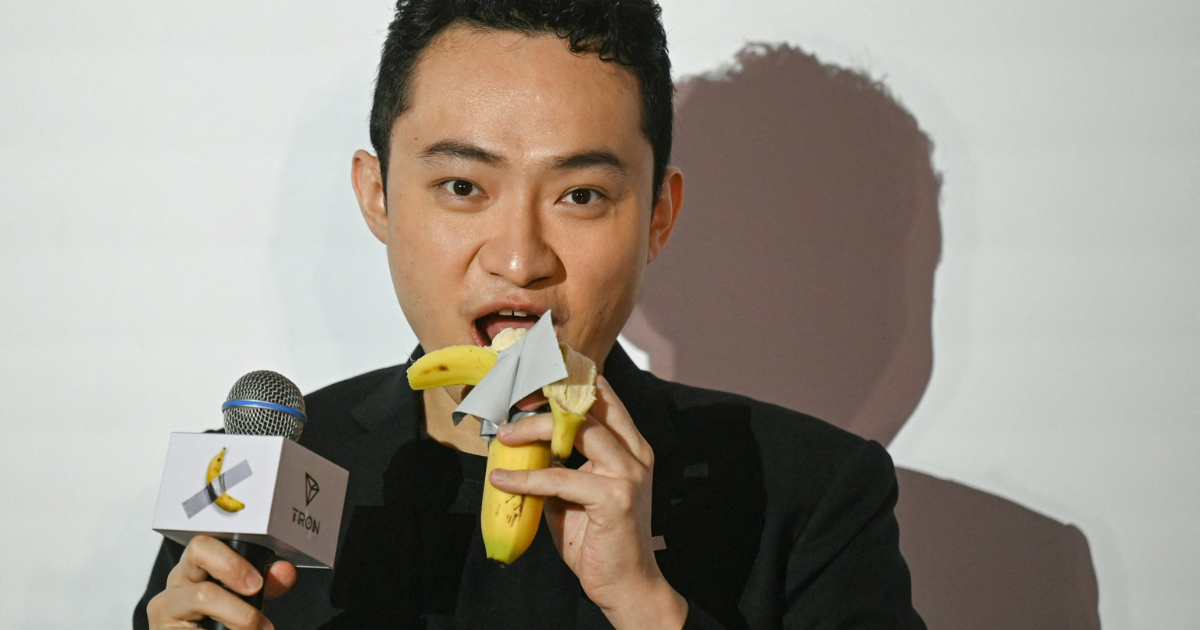 During a news conference in Hong Kong, he promised to eat the banana. By doing so, he not only added it to the Comedian’s story but also tied it to the idea of cryptocurrency.
During a news conference in Hong Kong, he promised to eat the banana. By doing so, he not only added it to the Comedian’s story but also tied it to the idea of cryptocurrency.
He took the chance to point out the similarities between cryptocurrency and conceptual art and said that both get their value from what people believe instead of any inherent worth. He even jokingly added that it tastes better than any other banana, which gained some laughs from the audience of the conference. With this, the banana art crypto was born.
Art Meets Cryptocurrency
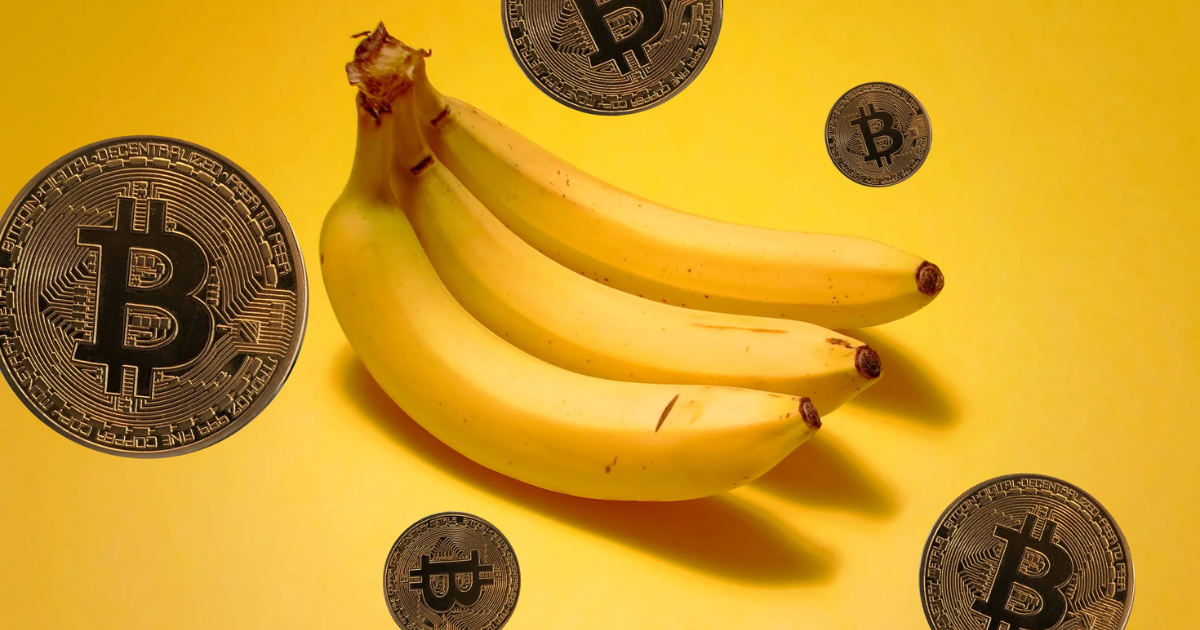 Sun compared the banana artwork to non-fungible tokens whose value is based on its uniqueness and the story that surrounds it. These tokens can be exchanged, bought, and sold on different platforms.
Sun compared the banana artwork to non-fungible tokens whose value is based on its uniqueness and the story that surrounds it. These tokens can be exchanged, bought, and sold on different platforms.
Sun’s banana art crypto showed how to give value things like art or digital assets. For example, the value crypto has depends on how it is viewed by people in the market.
Similar to this, it is both witty and thought-provoking how the value of the banana taped on a wall is not from the physical banana but from the agreement of various people about its value.
The $6.2M Question: Was Banana Art Crypto Worth It?
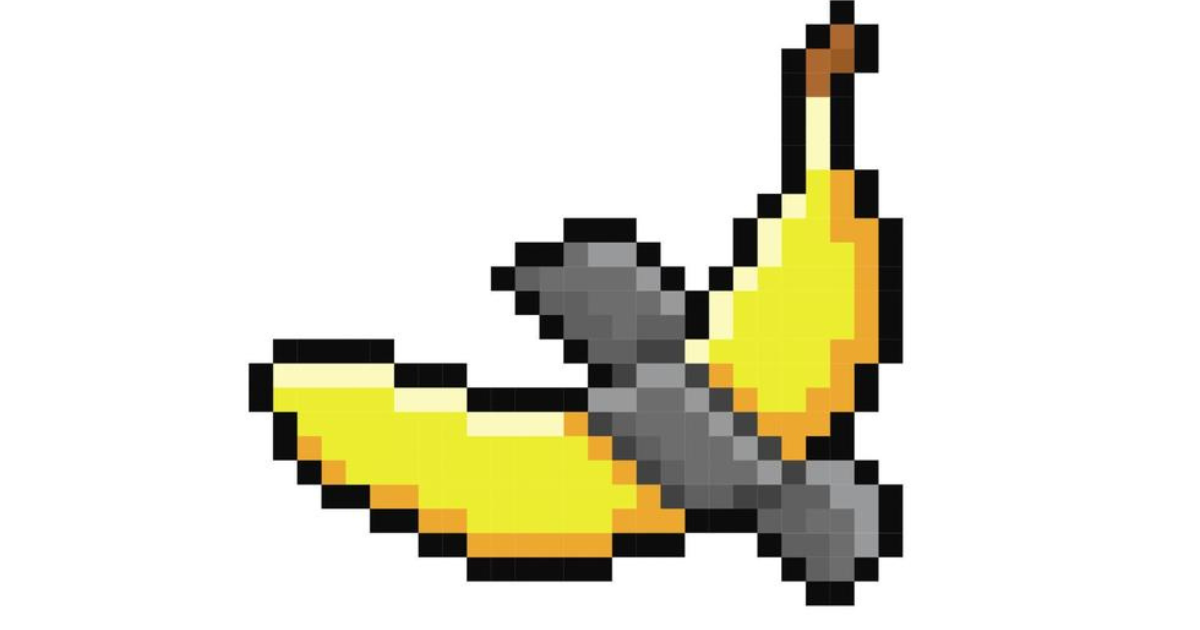 Critics and fans argue over whether Sun’s act made the artwork’s meaning better or worse. For Sun, however, the gesture seemed to show the link between value, art, and technology.
Critics and fans argue over whether Sun’s act made the artwork’s meaning better or worse. For Sun, however, the gesture seemed to show the link between value, art, and technology.
He even said something like eating the banana taped on the wall in a conference can be historical depending on the perspective. This highlights how art keeps evolving, much like how NFTs and cryptocurrencies are changing the world of finance.
Conclusion
The banana art crypto controversy shows that ideas depend on the people. Justin Sun’s act challenged the traditional view on art and on how people give value to anything.
As the art and the crypto continue to merge, it’s clear that this moment in history has changed how we perceive value. Whether we think it’s a marketing strategy or we say for the sake of image, it’s indeed a fact that even a banana can sell for millions. We’d love to hear your thoughts; do share them with us!





